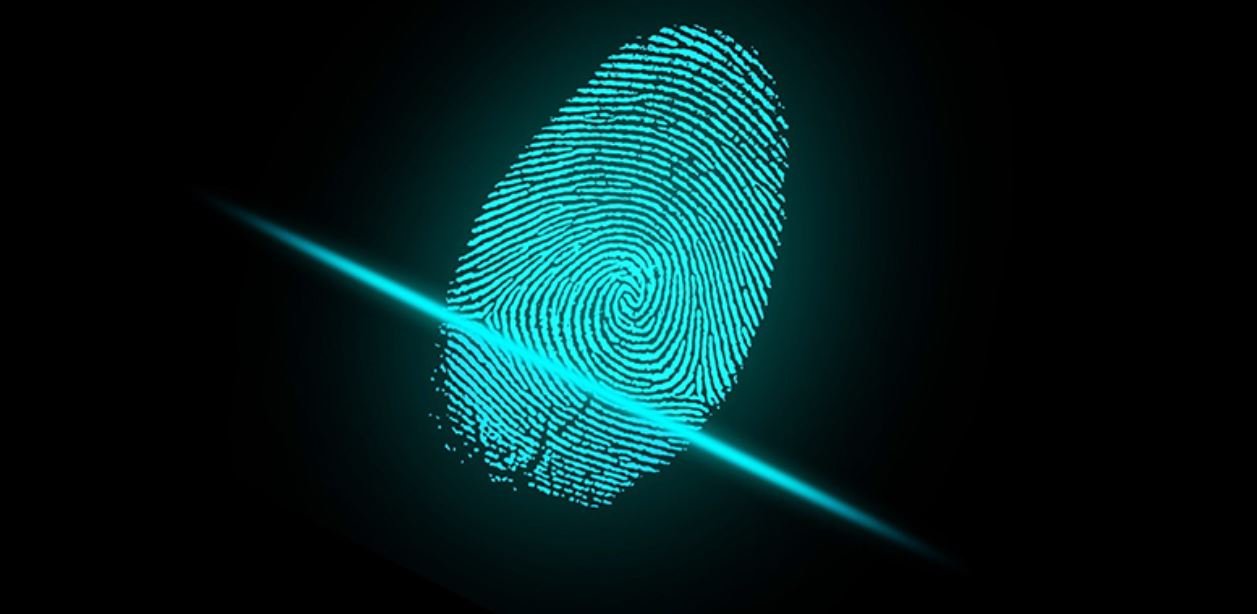Types of fingerprint reader on mobile phones: which one is better?

Fingerprint sensors have evolved a lot in recent years. What began as an innovation that looked like something out of a science fiction movie, has been integrated into the daily security of millions of users, thus protecting the integrity of their smartphone and its content. But to understand how they work and the types of fingerprint sensors that we find in our phones, it is convenient to review the technology behind it.
Fingerprint unlocking is present in all smartphones that are launched today, with few exceptions in the entry range. But even in the price range of fewer than 100 euros we already find this secure unlocking technology, which for many is undoubtedly the fastest and safest, having almost banished the classic pattern or password drawing.
Table of Contents
The technology behind fingerprint sensors
Whatever technology is available, and wherever the manufacturer chooses, all the fingerprint sensors of our mobiles have the same objective. They work by identifying the lines present on the tips of our fingers and comparing them with those registered, to give or not access to the device. For this reason, when we register a new fingerprint, our terminal will request several readings from us, to form an accurate map and to be able to identify our fingerprint with greater precision.
Optical fingerprint sensors
It is the oldest and least secure method of all. It works by taking a 2D photo of our bud, to obtain the line map and to be able to compare it each time we request access. These sensors are more or less precise depending on their quality, and they do not identify imperfections, grooves or small ridges present on our finger well. They work by emitting a small LED light to be able to take the image of our finger.
This system has several drawbacks, such as a lack of precision, safety and also the images obtained with wet and dry fingers are very different, being a system sensitive to dust and dirt on the surface.
Capacitive fingerprint sensors
This is a more advanced biometric reading technology, which detects the electrical charge of our fingers. The area where we put the finger is made up of small capacitors, which become electrically charged when touched. These capacitors can detect the lines of our buds as well as the grooves and imperfections. When reading, numerical values are recorded that will serve as a unique identifier of our fingerprint.
Ultrasonic fingerprint sensors
It is the most accurate method to date. It allows creating a 3D map of our finger and capturing any minimum detail. It works similarly to the sonar that creates, for example, the 3D mapping of the ocean floor, but in miniature. That is, these sensors are made up of a transmitter that emits a sonic wave that bounces off our finger. The waves will take more or less time to bounce depending on the lines and grooves of the yolk, so the most faithful reading possible can be created. They are high-speed and safe sensors. Samsung was the first company to integrate this system into the screen of the Galaxy S10.
Which is better?
To answer this answer, we have to weigh two aspects: those related to safety and comfort. As the first thing should be paramount, we will say that the safest system is that of ultrasonic fingerprint sensors, which at the moment are usually reserved for high-end or premium mid-range terminals.
Comfort is very subjective, and as long as the sensor is safe, we currently find terminals for all tastes on the market. High-end and premium mid-range mobiles have adopted the on-screen fingerprint sensor, either optical or ultrasonic, as a standard. However, in the mid-range and entry-level range, we continue to see fingerprint sensors located on the rear or side. However, this is not especially a norm, since high-end mobiles from brands like Sony integrate the fingerprint sensor on a side button, something that is rumoured even for the new iPhone 12.
The final answer is usually given by the experience of having tried several systems. In reality, all types of fingerprint sensors are positioned in key places, where the user holds or touches the smartphone. The index finger usually goes naturally to the back where the rear sensors are usually placed. At the same time, the thumb almost always rests on the power button where most of the side fingerprint sensors are integrated. On the other hand, the sensors integrated into the screen, offer a stone’s throw away the natural gesture of touching the screen, which is what we are going to do when we want to use it, and by unlocking it with a touch, we kill two birds with one stone.
